The Complete Asian Cookbook (New Edition)
£27.20£34.20 (-20%)
This is a thoroughly updated edition of Charmaine Solomon&apo;ss influential and iconic The Complete Asian Cookbook. Instantly heralded as a classic when it was first published in 1976, it covers 800 classic and contemporary dishes from fifteen countries (India, Pakistan, Sri Lanka, Indonesia, Malaysia, Singapore, Burma, Thailand, Cambodia, Laos, Vietnam, The Philippines, China, Korea and Japan).
Written with the home cook in mind, Charmaine’s recipes are straightforward, simple-to-follow and work every time. Recipe and chapter introductions give valuable information about how local dishes are prepared and served, while the comprehensive glossary explains unfamiliar ingredients (which are steadily more commonplace in supermarkets today).
The Complete Asian Cookbook is a classic that belongs in the kitchen of every household.
Read more
Additional information
| Publisher | 1st edition (8 Sept. 2016), Quadrille Publishing |
|---|---|
| Language | English |
| Hardcover | 648 pages |
| ISBN-10 | 1743791968 |
| ISBN-13 | 978-1743791967 |
| Dimensions | 24.45 x 3.81 x 28.58 cm |

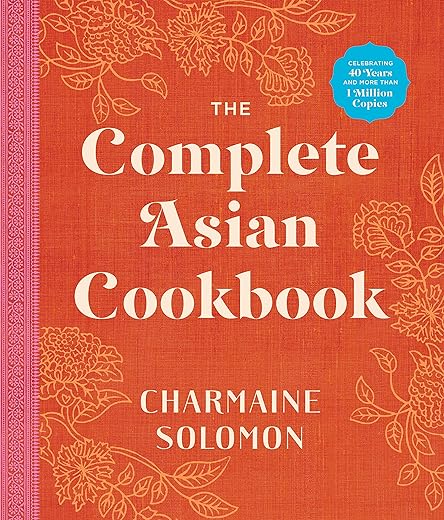

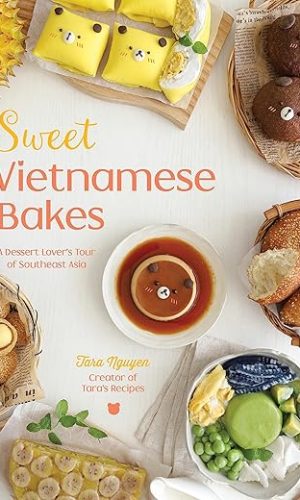
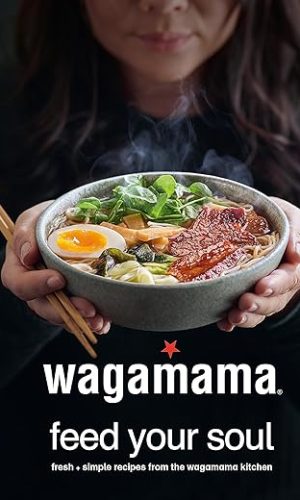
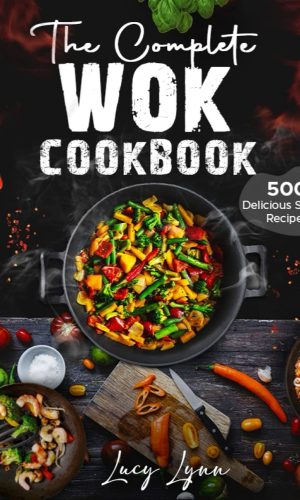
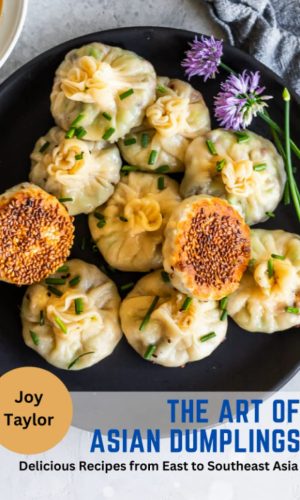


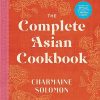
by Linda Keddle
Fantastic recipe book. Can’t wait to try some of the recipes out
by Bridget Marsh
The breadth of this cookbook is very impressive, and the best feature is the page guide to food categories such as fish, meat and vegetarian. However, as many of the dishes are unfamiliar, a photo would have been appreciated to show the unfamiliar cook what to aim for. Overall a good book.
by Fahad Ayad Harith
Definitely extensive. It’s like the encyclopaedia of Asian cooking. Nice recipes though!
by Me
Amazing clarity, beautifully written (for a cook book), not written by a TV chef visiting somewhere and then changing real recipes into ‘my take on’ or a ‘twist on’. Detailed but not OTT accounts of the different cultures. Some thoughtful descriptions of how to some pronounce words (aimed I am sure for us Brits whose tongues do decide not to play ball with some words) . One of the nice touches is ‘store’ ingredients for each Country, you will quickly see that with a few tweaks here and there you can make many dishes from several countries without buying lots of specific ingredients that you may only use a teaspoon out of. Mostly its just a fantastic book! Buy it, enjoy it and use it. Other readers are right, if you want glossy photos on every page, this may not be for you but think twice before passing it over. I downloaded this, and am so glad I have. It is without doubt one of the best Asian cookbook I have come across.
by Pauk
Had this book a year or 2 now, and absolutely love it, so time to review.
The recipes are categorised by country, and then by course of food (rice/noodles, soup, vegetable, fish, poultry, meat, sweets/desserts), which is great if you want to host a dinner party that specialises in a particular country’s food. The breadth of this book is amazing, everything from stick schezuan curry, to amazing satay beef and more curries than you could ever wish to eat. Including recipes from more obscure country’s culinary culture is great too, being able to cook burmese and sri lankan makes a change from the usual indian/thai/chinese cookbooks. It does a great job of providing as close to traditional recipes as possible, even mentioning what the traditional way is in a little comment before the recipe (generally it comes down to using a special cooking method that is either impractical or not safe to do in a modern western kitchen). On rare occasions the recipe will divert away from the traditional recipe when the author feels it significantly improves the dish, but the only case I’ve come across of this is one recipe which uses soy sauce in an Indian dish. Being an asian cookbook the sweets and desserts are generally quite sickly (not to my personal tastes), but some of the recipes sound quite unusual to experiment with.
Now the downside of giving traditional recipes is the meal size. Almost all the dishes are made for 6-8 people, even up to 10 in some cases. In the case of meat dishes they usually involve cooking with a whole chicken or a whole leg of lamb/pork, which can be inconvenient if you only want to cook the dish for a few people. for the most part though the dishes are easy enough to downsize, since it’s the spice mixtures and cooking techniques that are the important thing. On the odd occasion it can prevent me from bothering with a recipe though.
The other downside of this traditional approach are there are a lot of dishes that require spices you won’t find in a supermarket. In the introduction to each country the author does a good job of explaining the characteristic spices that should be kept in the cupboard for the respective country (as well as what a kitchen is traditionally like, traditional cooking methods, any bases that are commonly used in a lot of dishes and any annecdotes the author has about her experience of that country’s culinary culture) but some of these are difficult to find even in an asian supermarket! There is the odd occasion where there are so many obscure ingredients in a recipe that it was pretty much impossible to get anything anywhere near resembling the listed dish, but I respect that the book shows how to get the exact traditional taste if you want to go to the effort of finding the obscure ingredients, and it probably doesn’t hurt to drop out a spice here or there if you just want a meal that tastes nice.
But back to the positives: this book has a LOT of recipes. It’s a lot of fun to flick through and decide what to cook that day. There is some small repition in parts, but this is due to categorising the recipes by country, with a lot of countries having slight variations on a similar theme (e.g. a lot of countries have some form of coconut rice). These variations are distinct enough to warrant a different recipe though, so that’s more of a consideration than a complaint (e.g. in the case of coconut milk, different countries use different amounts of coconut milk, different types of rice, and some use spices – so the result will be a bit different).
This is a book that I’ll be keeping as my asian food bible. It’s a book of substance over style with plenty of recipes to amaze, even though most are pretty simple, it’s the spice combinations that are exciting. There are a few drawbacks as I’ve mentioned, but I’ve noted these just so people can make a more valid decision in buying the book (I hope this review doesn’t come across as too negative!!). The recipes are simple for the casual cook, but contain all the traditional ingredients for the foodie who wants to do things right.
by Shellfish
It’s a great recipe book because it has so many recipes from all over Asia.
From the well known more obvious countries to the not so well known.
I received this book as a wedding present almost 40 years ago & subsequently bought it for others
by James Bury
I first bought this book 15 years ago and it has been a favourite ever since.
The recipes are amazingly diverse and introduce you to flavours that even now you’re unlikely to have come across in the UK. My particular favourites are the Burmese dishes – very simple using every day ingredients, but stunning taste.
I thought I’d lost my copy after a couple of house moves, so I didn’t hesitate to buy another (and then sure enough I found the old one, but no regrets – I’ve got an archive copy and a kitchen copy now!).
This is not a coffee-table book for readers to drool over pictures, it’s a hands-on practical book for people who want to cook fantastic food. Do have a go making your own thai curry pastes and coconut milk. It isn’t hard and the results are just superb – way way better than shop-bought stuff.
by Oliver Packer
I am enjoying discovering about other parts of the the world way of cooking.